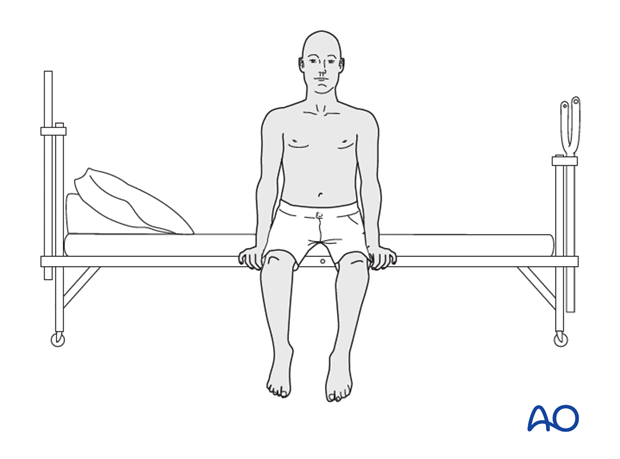Combined anterior and posterior
1. Sequence
In most clinical situations the tumor can be addressed either by the anterior or the posterior approach.
The use of a 360 approach is reserved for a limited amount of cases. Uncritical use of a 360 approach may unnecessarily increase the risk of complications.
The choice of where to start (anterior or posterior) will depend on the individual case.
When resection of anterior and posterior columns is required in the surgical management of metastatic spine disease, bilateral posterior pedicle screw fixation above and below the anterior construct should be used.
The anterior surgery provides direct access to release pressure and to reconstruct the anterior column.
However, some surgeons may prefer to start posteriorly as it is possible to perform a multilevel fixation. When the spine is stabilized, the anterior decompression will be easier.
For details on the procedures, please refer to the anterior and posterior procedures separately.
2. Aftercare
Patients are made to sit up in the bed on the first day after surgery. Bracing is optional but preferably omitted for patient comfort. Patients with intact neurological status are made to stand and walk on the first day after surgery.
Patients can be discharged when medically stable or sent to a rehabilitation center if further care is necessary.
During admission adequate caloric intake of a high-quality diet should be monitored.

Patients are generally followed with periodical x-rays and (optionally) MR imaging at 6 weeks, 3 months, 6 months, and 1 year to monitor for tumor recurrence and hardware failure.
Postoperative radiation is required to avoid tumor recurrence. SBRT is usually initiated within two weeks following surgery. Conventional radiotherapy is usually initiated 2-4 weeks after surgery to reduce the risk of wound healing disturbances.
The radiation modality is selected based on tumor histology and history of prior radiation.













